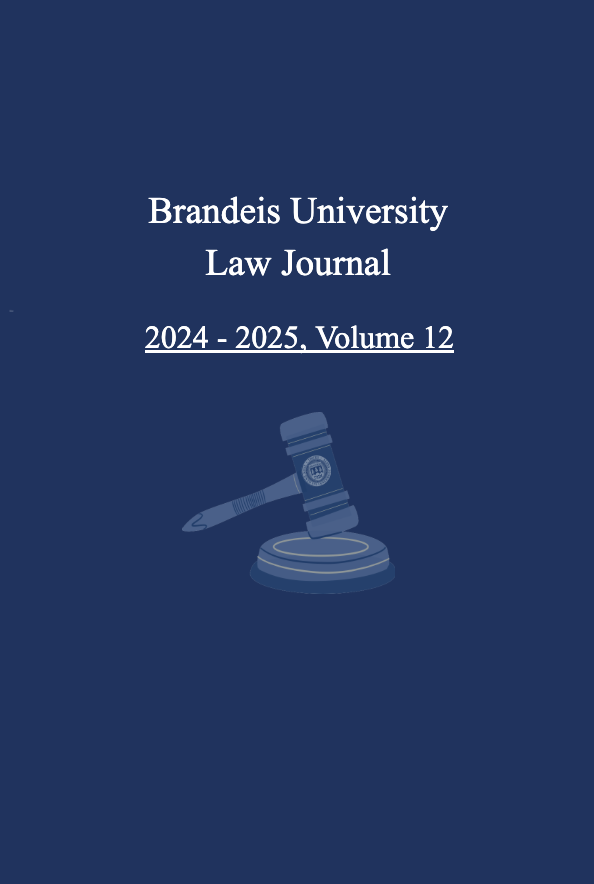The Canary in the West Virginia Coal Mine: How the Major Questions Doctrine Led to the Demise Of Chevron
Main Article Content
Abstract
For almost four decades, federal courts ruling on issues of administrative law relied on Chevron v. Natural Resource Defense Council (NRDC). The Chevron Doctrine instructed courts to defer to an agency’s reasonable interpretation of ambiguous texts. In 2000, the Supreme Court began sporadically applying a new “Major Questions Doctrine” (MQD) that weakened Chevron’s primacy. The MQD, while not named until West Virginia v. EPA (2022), would increasingly undermine basic assumptions of Chevron. Two years after West Virginia, in Loper Bright Enterprise v. Raimondo, the Court found Chevron unworkable, contrary to principles of separation of powers, and incongruent with the Administrative Procedure Act. This article traces the twenty-year leadup to West Virginia and Loper Bright, arguing that, while the MQD began as a rarely used tool for statutory interpretation, the Court’s growing hostility toward agency powers led it to expand the MQD into a stringent clear statement rule. This shift reshaped principles of separation of powers, eliminating any need for Chevron deference.
Article Details

This work is licensed under a Creative Commons Attribution 4.0 International License.
